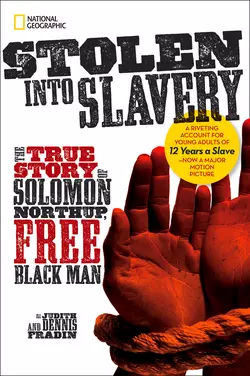Stolen into Slavery: The True Story of Solomon Northup, Free Black Man

National Kids и Judy Fradin
Тип: электронная книга
Жанр: Детская проза
Язык: на английском языке
Стоимость: 920.59 ₽
Статус: В продаже
Издательство: HarperCollins
Дата публикации: 16.04.2024
Отзывы: Пока нет Добавить отзыв
О книге: Stolen into Slavery: The True Story of Solomon Northup, Free Black Man, электронная книга авторов National Kids и Judy Fradin на английском языке, в жанре детская проза